Flatbed trailers are a critical component of the logistics and transportation industry. Understanding their weight, along with factors that influence it, can assist businesses in optimizing load capacity, ensuring compliance with legal regulations, and enhancing operational efficiency. In this article, we delve into the intricacies surrounding the weight of flatbed trailers, providing an all-encompassing resource for manufacturers, carriers, and logistics coordinators.
Table of Contents
- What is a Flatbed Trailer?
- Types of Flatbed Trailers
- Heavy-Duty Flatbed Trailers
- Standard Flatbed Trailers
- Extendable Flatbed Trailers
- Specialty Trailers
- Flatbed Trailer Weight Overview
- Average Weight Ranges
- Factors Influencing Weight
- Weight Distribution and Load Capacity
- Impact on Vehicle Performance
- Importance of Proper Weight Distribution
- Regulatory Considerations
- Calculating the Weight of Flatbed Trailers
- Identification of Trailer Components
- Common Use Cases for Flatbed Trailers
- FAQs
What is a Flatbed Trailer?
A flatbed trailer is a type of truck trailer with a flat, open platform and no sides or roof. This design allows for easy loading and unloading of goods, making flatbed trailers particularly versatile for transporting heavy, oversized, or oddly-shaped loads. Common in industries such as construction, manufacturing, and agriculture, these trailers can support a wide variety of cargo—from steel beams to vehicles.
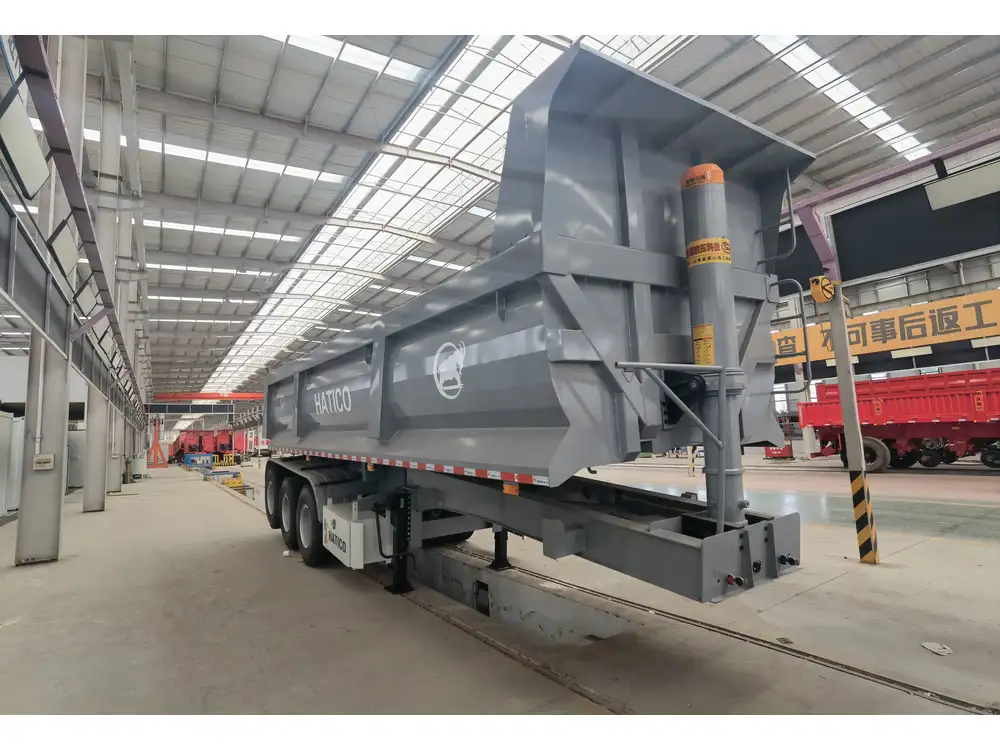
Types of Flatbed Trailers
Understanding the various types of trailers helps elucidate the question of weight. Each design serves different commercial requirements, and as such, their weights may vary significantly.
1. Heavy-Duty Flatbed Trailers
These trailers are engineered to carry exceptionally heavy loads, typically ranging from 48,000 lbs to 55,000 lbs. They often feature reinforced structures, such as enhanced axles and durable construction materials, designed to withstand intense pressure and stress.
2. Standard Flatbed Trailers
Standard flatbeds provide a balance between weight capacity and functionality. Their weights typically oscillate between 15,000 lbs to 25,000 lbs, depending on their size and design features, making them the most commonly used for general freight purposes.

3. Extendable Flatbed Trailers
Ideal for transporting longer loads, extendable trailers can extend their length beyond the standard dimensions of 48 feet or 53 feet. Their weights are similar to standard flatbeds but can increase based on the extendable mechanism and additional support structures, generally weighing around 20,000 lbs to 30,000 lbs.
4. Specialty Trailers
These are customized trailers designed for niche applications. Weights can vary dramatically, influenced by specific design features tailored to specialized task requirements. Examples include lowboys and step decks used for transporting heavy machinery.
Flatbed Trailer Weight Overview
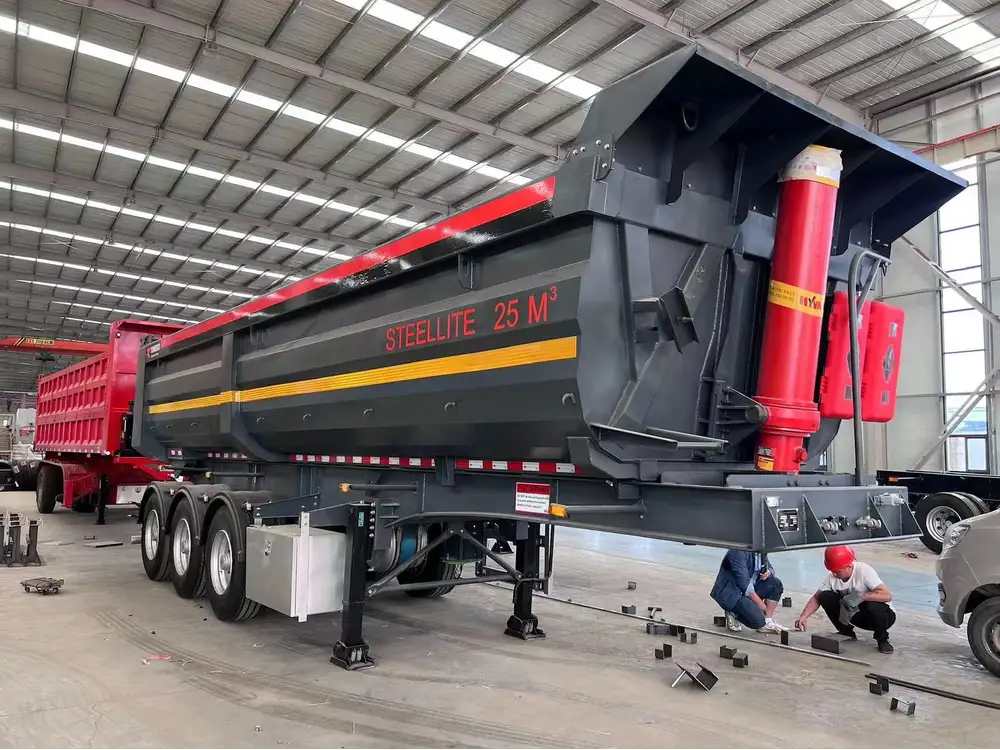
Average Weight Ranges
The weight of a flatbed trailer is crucial for logistics and must be carefully managed. Here are average weight ranges for various types of flatbed trailers:
| Type of Flatbed Trailer | Average Weight (lbs) |
|---|---|
| Heavy-Duty Flatbed | 48,000 – 55,000 |
| Standard Flatbed | 15,000 – 25,000 |
| Extendable Flatbed | 20,000 – 30,000 |
| Specialty Trailers | 20,000+ |
Factors Influencing Weight
- Materials Used: The type of materials (steel vs. aluminum) significantly impacts the weight. For instance, aluminum trailers are generally lighter than their steel counterparts.
- Design Specifications: Additional features like side rails, winches, and toolboxes will also contribute to the overall trailer weight.
- Length and Width: Extended structures or wider platforms naturally alter weight, as longer trailers require more robust construction.
- Axle Configuration: More axles usually mean more weight; however, they also distribute the weight and increase capacity.
Weight Distribution and Load Capacity
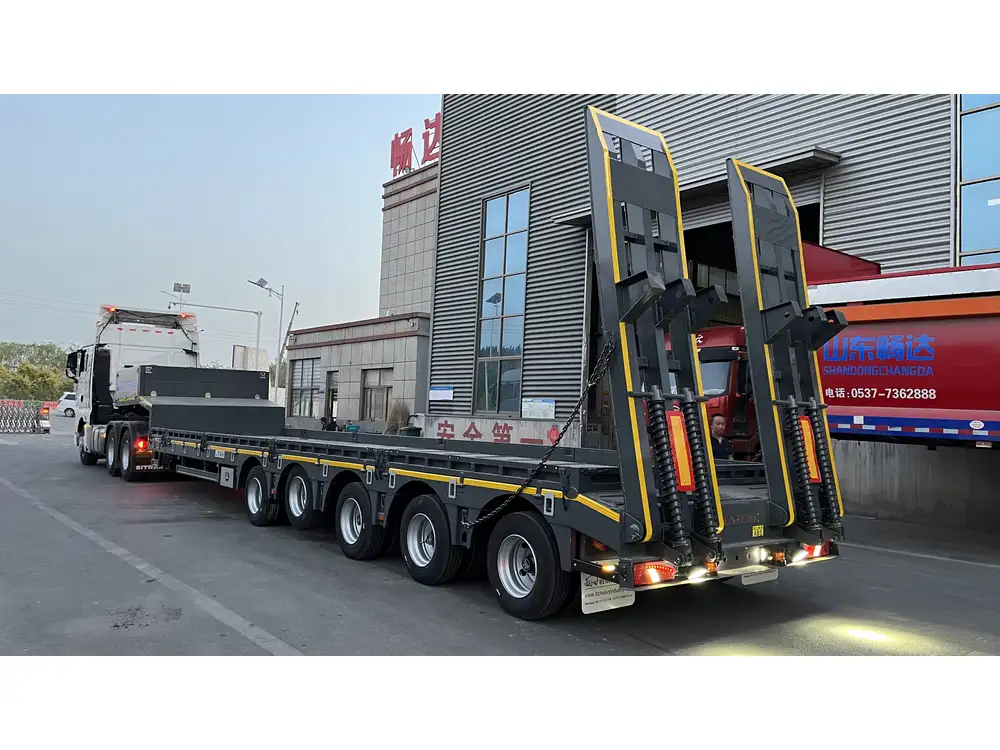
Impact on Vehicle Performance
Understanding weight distribution is paramount for both safety and performance. An unevenly distributed load can lead to sway and instability, posing risks during transportation. Properly distributing weight across axles enhances handling, reducing wear and tear on vehicles.
Importance of Proper Weight Distribution
- Safety: Prevents accidents caused by trailer swaying or loss of control.
- Legal Compliance: Adhering to state and federal weight regulations is essential for avoiding fines.
- Operational Efficiency: Ensures maximum load capacity while maintaining vehicle performance.
Weight Distribution Tips
- Center Load: Place the heaviest part of the load in the center of the trailer.
- Balance Axles: Distribute weight evenly across all axles to prevent overstressing any specific point.
- Use Weight Distribution Bars: These tools can help ensure even weight throughout the towing vehicle.

Regulatory Considerations
Understanding the legal ramifications of weight and load on flatbed trailers is crucial for manufacturers and operators to remain compliant with regulations set by transportation authorities.
Federal Regulations
In the U.S., the Federal Highway Administration mandates weight limits for truck trailers, typically limiting the total vehicle weight to 80,000 lbs. Each state may have additional regulations concerning the allowable weight on local roads.
State Regulations
Regulations can vary from state to state, with different routes permitting various weight limits. It’s vital to research local laws before embarking on long hauling journeys.

Calculating the Weight of Flatbed Trailers
Identification of Trailer Components
To accurately determine the weight of a flatbed trailer, one must consider various components, including:
- Chassis: The backbone of the trailer contributes significantly to the weight.
- Wheels and Axles: Essential for mobility; axles are critical in weight distribution.
- Decking: Made of different materials, the choice of decking can influence total weight.
- Optional Features: Inclusion of items like drop-down gates, toolboxes, and tie-downs alters the weight notably.
Calculation Example
To estimate the weight of a flatbed trailer, follow these steps:
- Chassis Weight (average): 15,000 lbs
- Axle Weight (average): 4,000 lbs per axle (totaling around 8,000 lbs for two axles)
- Decking Material Weight: 2,500 lbs for standard wooden or aluminum decking
- Optional Features: 1,500 lbs for custom additions
Total Estimated Weight: 15,000 + 8,000 + 2,500 + 1,500 = 27,000 lbs
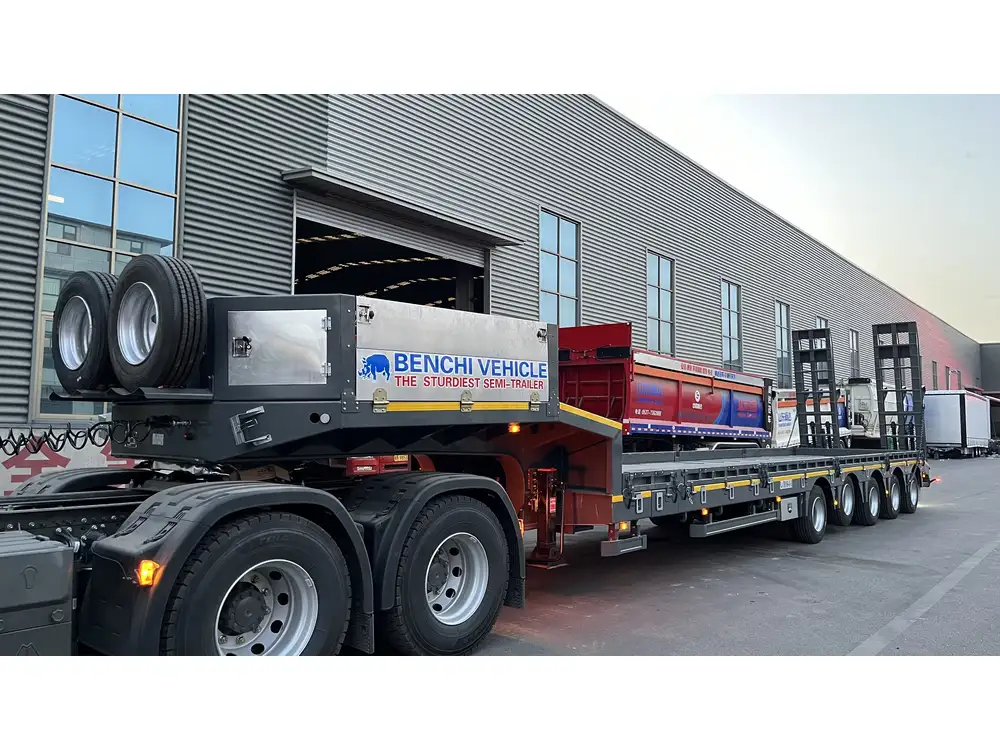
Common Use Cases for Flatbed Trailers
Flatbed trailers serve a multitude of purposes across various sectors. Some common applications include:
- Construction: Transporting heavy machinery, construction materials, and equipment.
- Agriculture: Moving large farming equipment or bulk supplies.
- Manufacturing: Delivering heavy and oversized products directly to facilities.
- Automotive: Transporting vehicles or parts that do not fit standard configurations.
FAQs
Q1: What is the maximum weight a flatbed trailer can carry?
The maximum weight largely depends on the type of flatbed trailer and its configuration. Generally, flatbeds can accommodate loads ranging from 48,000 lbs to 85,000 lbs, including the weight of the trailer itself.
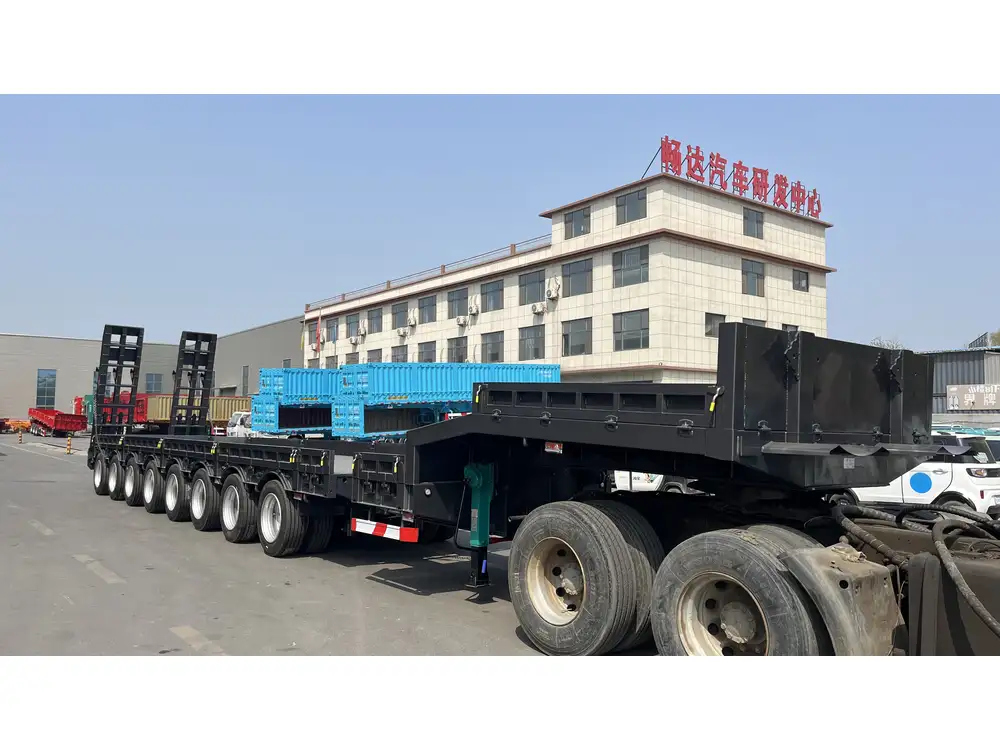
Q2: Can I overload my flatbed trailer?
Overloading is illegal and can lead to severe penalties. It also poses a safety hazard, increasing the risk of accidents and damage to your vehicle.
Q3: What are the legal weight limits for flatbed trailers in different states?
Each state has specific regulations regarding weight limits. It’s crucial to consult local Department of Transportation websites for precise guidelines in each area.
Q4: How do I ensure proper weight distribution when loading a trailer?
A balanced load typically means keeping heavier items more centered, using tie-downs and straps to secure cargo, and distributing weight evenly across all axles.

Conclusion
Understanding the weight of flatbed trailers, along with the myriad factors that contribute to it, is vital for ensuring compliance, safety, and efficiency in transportation logistics. Whether you are a manufacturer looking to enhance your product offerings or a logistics professional seeking to optimize your supply chain, recognizing these elements will empower you to make informed decisions. By taking the time to grasp these concepts, businesses can improve their overall operations and thrive in a competitive marketplace.



